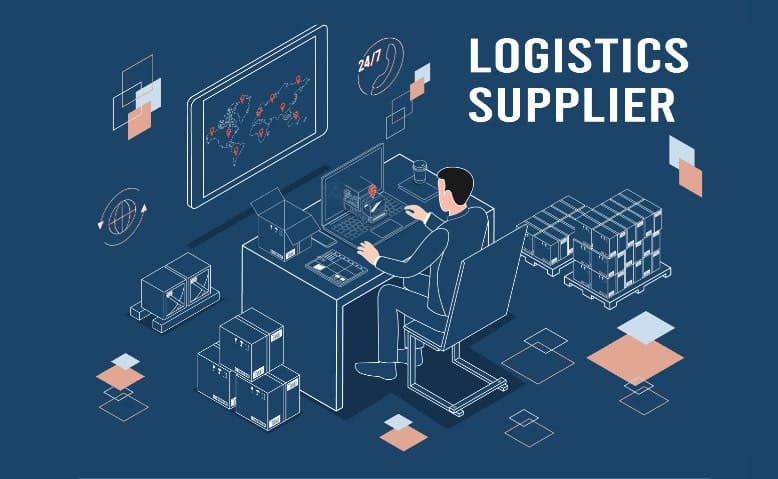A Quick Guide to Streamlining Logistics in Cement Industry

Did you know that power and fuel costs 50–55%1 of the entire cost of cement producers? Yes, the cement industry is growing. However, it needs to optimize its supply chain processes to sustain growth.
MRO procurement concurs with buying the maintenance, repair, and operations products. These are essential for the production and transportation of cement. Optimizing MRO procurement and supply chain can improve efficiency, quality, and inventory management.
Continue reading as we delve into strategies and technologies that enable efficient transportation. We’ll also discuss the role of supply chain management software in managing logistics.
Table of Contents
Rocky Road of Cement Logistics
Achieve Supply Chain Excellence
Rocky Road of Cement Logistics
In hilly areas, the inward and outward logistics costs contribute over 35% of the cement cost2. This impacts the profitability and competitiveness of the cement manufacturers. This is one challenge the cement industry is facing; some others are:
- The logistics of cement products rely on the road/rail network. But those are often in poor condition in countries like India. Plus, the capacity is also a factor. This results in either production loss or costlier movement.
- The industry must still adopt the latest technologies to optimize and integrate the supply chain. This leads to poor visibility, transparency, and coordination among the supply chain partners.
- The cement industry faces the challenge of fluctuating demand and supply. This causes problems in forecasting and supply chain planning, affecting inventory.
Achieve Supply Chain Excellence
Supply chain management software helps cement companies track and optimise supply chain processes from raw material sourcing to finished product delivery. It can make transportation efficient and improve inventory management. At the same time, it can optimize distribution using technologies and data analytics.
This is possible by optimising the flow of materials and information across the value chain. Here are some benefits of supply chain management software in the cement industry:
- By improving the visibility and transparency of the supply chain operations, it
- Reduces costs
- Improves customer satisfaction and
- Enhances decision-making.
- It makes you more agile and responsive to changing market conditions. This enables you to adjust production plans, optimise inventory, and divide resources.
- It improves collaboration among the supply chain partners, such as suppliers and distributors.
Cement companies can improve coordination, collaboration, and decision-making using supply chain management software. One such software is Moglix. It also allows you to optimize inventory, transportation, and distribution processes.
Check out how Moglix transformed MRO procurement for a cement manufacturer. The company achieved a 20% increase in working hour efficiency. Plus, it saved 5–7% and ensured delivery of 100% genuine products. This reduced the costs of handling counterfeit products.
Moglix made this possible by reducing the PR to PO time. It also standardized the pricing across the plants and reduced supplier dependency. This helped build stronger relationships with the ones it retained. Schedule a demo to understand how Moglix can strengthen your supply chains.
